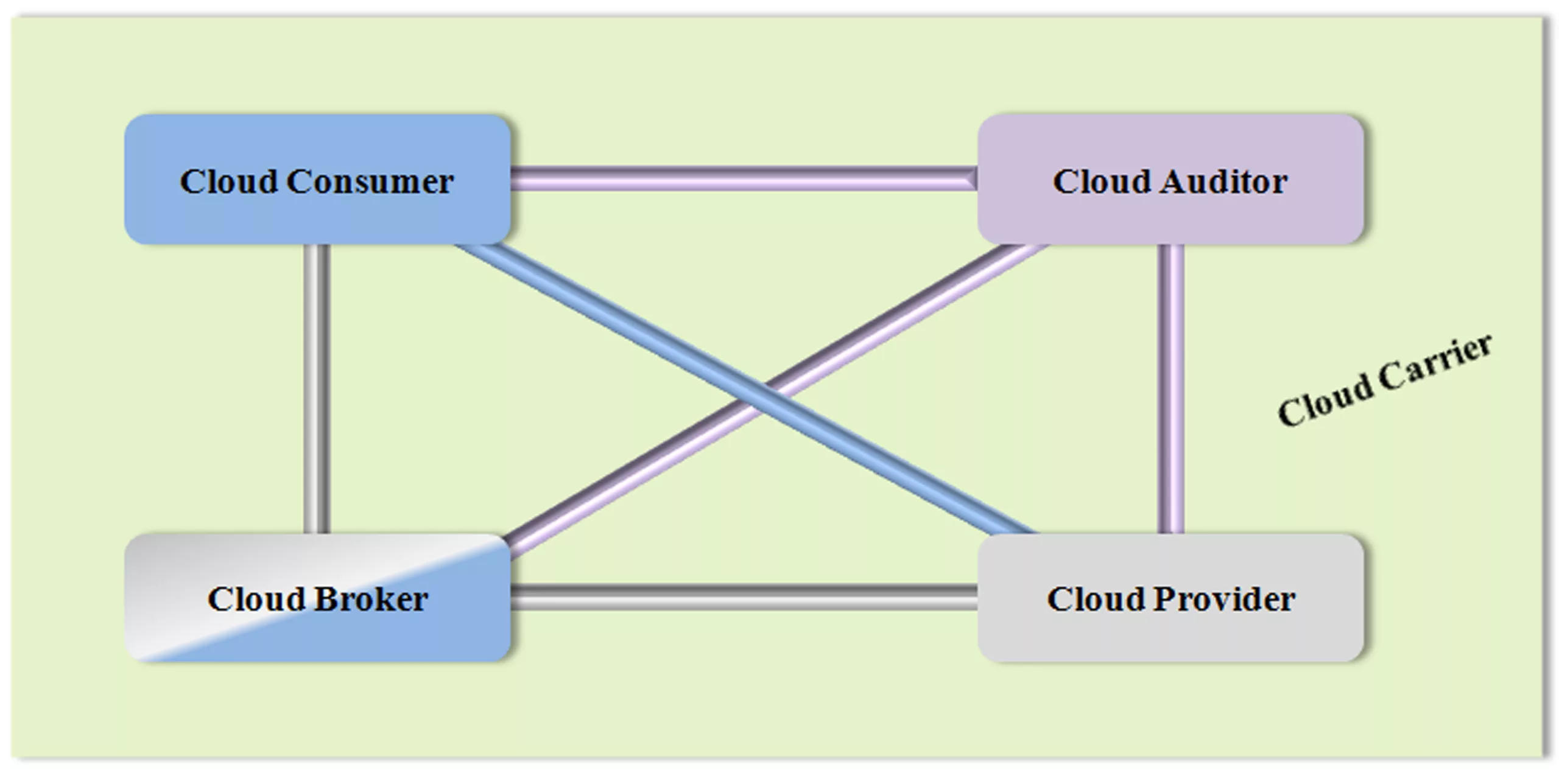Are you considering cloud computing for your business? The National Institute of Standards and Technology (NIST) has provided a framework to guide you through the process. NIST cloud computing offers benefits such as cost savings, flexibility, and scalability.
However, it also has its limitations that you need to be aware of. In this blog post, we will discuss everything you need to know about NIST cloud computing so that you can make an informed decision for your business. Let’s dive in!
What is NIST cloud computing?
NIST cloud computing is a framework developed by the National Institute of Standards and Technology (NIST) to guide organizations in adopting cloud computing. The NIST definition of cloud computing includes five essential characteristics: on-demand self-service, broad network access, resource pooling, rapid elasticity or expansion, and measured service.
On-demand self-service refers to the ability of users to provision resources such as storage or processing power without requiring intervention from the provider. Broad network access means that services are accessible over various networks such as mobile devices or laptops. Resource pooling allows multiple customers to share resources while ensuring privacy and security.
Rapid elasticity enables quick scaling up or down of resources based on demand while measuring usage for billing purposes falls under measured services.
Adopting NIST cloud computing can result in cost savings due to shared infrastructure and maintenance costs between different customers using the same provider’s service.
NIST cloud computing provides a standardized approach for businesses looking to migrate their IT infrastructure into the Cloud environment with ease.
The Benefits of NIST cloud computing
NIST cloud computing offers several benefits to organizations that are planning to migrate their IT infrastructure to cloud-based services. One of the primary advantages is cost savings. With NIST cloud computing, companies can reduce hardware costs and maintenance expenses as they no longer need to maintain physical servers.
Another benefit is scalability. Organizations can scale up or down computing resources based on their business needs, with minimal downtime and disruption. This allows for greater flexibility in meeting changing demands or resource requirements.
NIST also provides a high level of security for data storage and management. Security features such as encryption, access control policies, and auditing mechanisms ensure that sensitive data remains secure at all times.
In addition, NIST’s guidelines promote interoperability among different cloud service providers by defining common standards for interfaces, formats, protocols, and application programming interfaces (APIs). This makes it easier for organizations to switch between different vendors or combine multiple services from different providers seamlessly.
Overall, NIST cloud computing provides a number of benefits that make it a preferred option for organizations looking to migrate their IT infrastructure to the cloud.
NIST cloud computing provides significant benefits in terms of cost savings, scalability, security features, and interoperability standards while maintaining strict compliance with regulatory frameworks.
What are the Limitations of NIST cloud computing?
While NIST cloud computing offers a host of benefits, it’s important to be aware of its limitations as well. One major limitation is the dependence on internet connectivity for accessing data and applications stored in the cloud. If there are connectivity issues, this can result in downtime and loss of productivity.
Another limitation is security concerns. While cloud service providers take measures to secure their platforms, there is still the risk of cyber-attacks or unauthorized access to sensitive information stored in the cloud.
Finally, the cost of using NIST cloud computing can be a barrier to adoption for some businesses. While the cost of accessing data and applications in the cloud is often lower than traditional on-premises solutions, it may not be the best option for all businesses.
Additionally, there may be compliance issues that need to be addressed when migrating certain types of data or applications to the cloud. This can include regulatory requirements around data retention and privacy laws.
The cost of implementing NIST-compliant cloud computing solutions can also be a potential barrier for smaller organizations with limited budgets.
Overall, while NIST cloud computing offers many benefits and potential advantages, it’s important to be aware of its limitations in order to make the most informed decision for your organization.
While NIST-compliant cloud computing offers numerous benefits such as scalability and flexibility, it’s important for organizations to carefully consider these limitations before deciding about implementing these solutions into their operations.
Conclusion
To sum up, NIST cloud computing provides a standardized approach for organizations to evaluate and adopt cloud services. It offers several benefits such as flexibility, scalability, cost-effectiveness, and increased productivity. NIST provides guidelines for businesses. They help understand cloud migration for IT infrastructure better.
However, there are limitations that need to be considered before adopting this technology. These include security concerns, vendor lock-in issues, and a lack of control over data management.
NIST cloud computing is an excellent framework for organizations looking to move toward the cloud. Follow its guidelines and recommendations carefully. Be aware of potential drawbacks. Companies can make informed decisions about their IT infrastructure. These decisions align with business objectives. They also maintain high levels of security and compliance.





